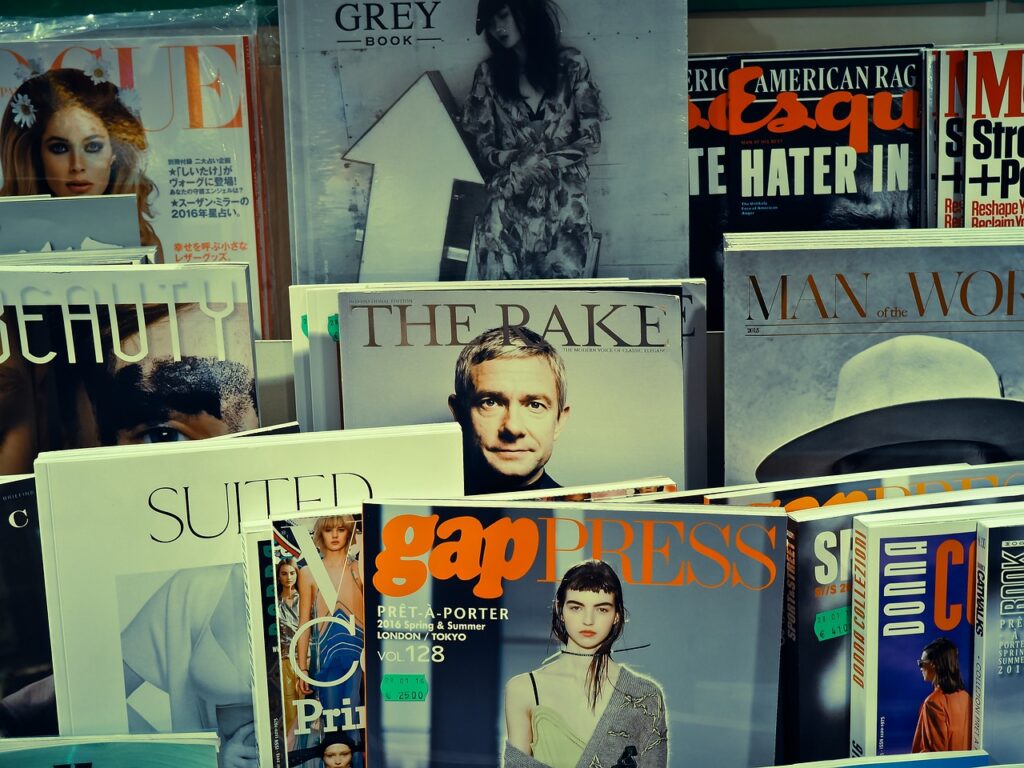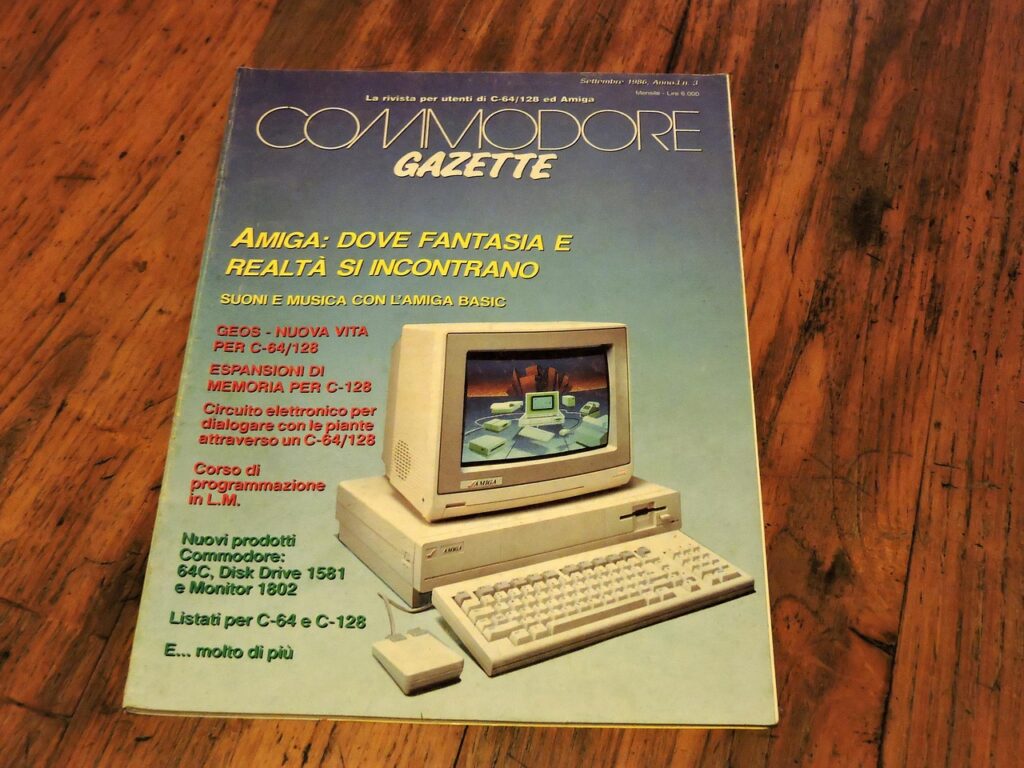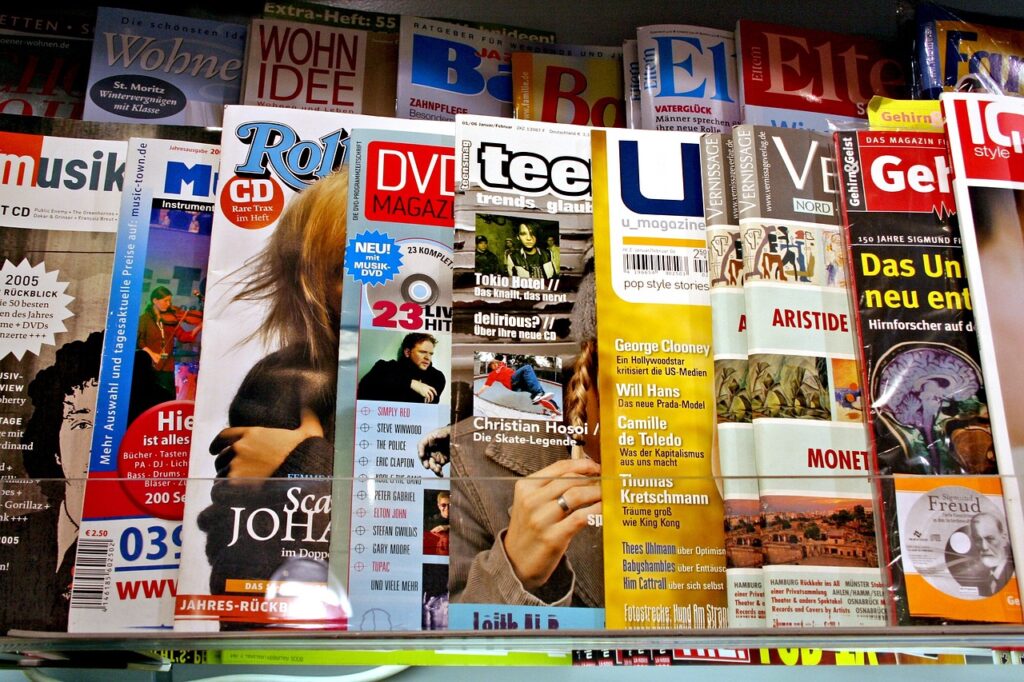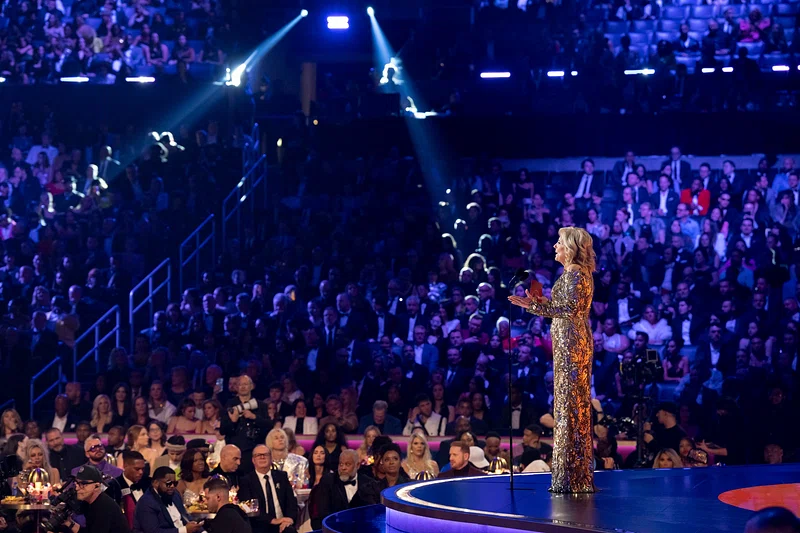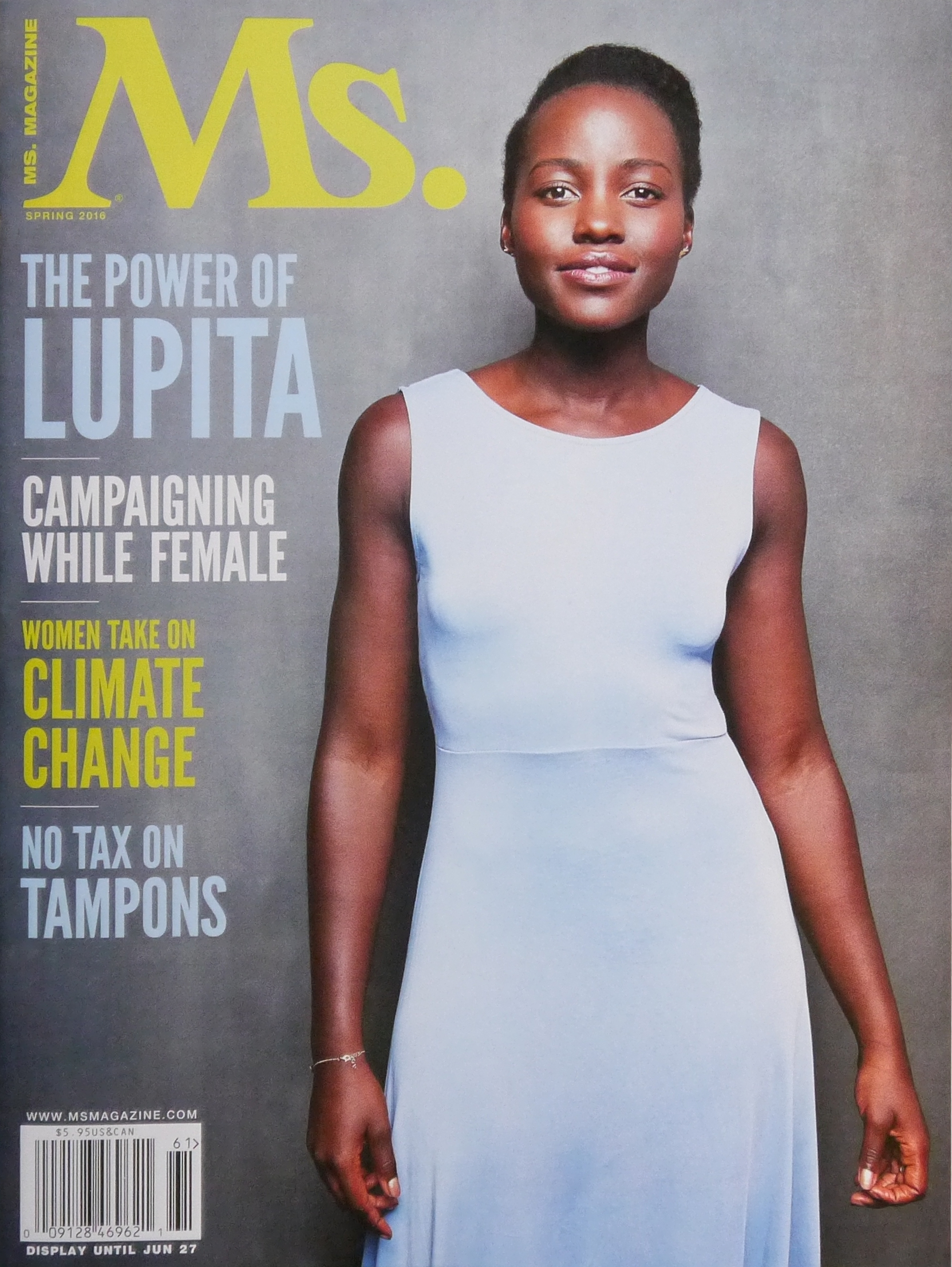
Magazine covers possess an extraordinary, almost alchemical power to distill the essence of a cultural moment, capturing public sentiment and, often, igniting fervent debates. Far from being mere visual adornments, these front pages are potent tools of communication, acting as mirrors to society’s evolving values and, at times, its deep-seated discomforts. They provoke, they inspire, and, as history repeatedly shows, they can infuriate, cementing their place not just in publishing history but in the collective memory of a nation.
Indeed, some covers don’t just push boundaries; they obliterate them, forcing us to confront uncomfortable truths, question prevailing viewpoints, and engage with multifaceted social narratives. Whether they intend to shock, challenge, or simply reflect, the most controversial magazine covers inevitably become catalysts for widespread discussion, sparking conversations that echo far beyond the newsstands where they first appeared. They are visual milestones, documenting the people, events, and movements that have shaped our world, sometimes even leading to major boycotts and fundamental shifts in public perception.
From a pregnant Demi Moore challenging perceptions of motherhood to a stark “Is God Dead?” question, these images demand attention, compelling readers to grapple with the complexities of contemporary life. In this deep dive, we journey through some of the most provocative and shocking magazine covers—each a masterclass in visual storytelling—that went beyond headlines, stirring real outrage and prompting profound societal reflection. Brace yourself as we unravel the stories behind 7 of these unforgettable visual provocations.
1. **Vanity Fair’s Demi Moore Pregnancy Cover (1991)**In 1991, a single provocative magazine imagery revolutionized celebrity photography and redefined perceptions of the female form. Vanity Fair’s August issue, featuring a , seven-and-a-half months pregnant Demi Moore, became an instant cultural phenomenon, striking directly at society’s discomfort with female bodies and the traditional, often hidden, nature of motherhood. This image, captured by renowned photographer Annie Leibovitz, instantly divided audiences and challenged long-held societal norms.
Some hailed the cover as a bold, empowering celebration of life, a defiant declaration of beauty and strength in pregnancy. Others, however, decried it as indecent exposure, arguing it was unfit for public display on grocery store checkout lines. Major retailers like Safeway and Giant initially refused to carry the magazine, clearly demonstrating the deeply controversial nature of the photograph and the visceral reactions it provoked across different segments of the population.
Moore herself expressed genuine confusion about why pregnancy should be concealed, positioning herself, perhaps unwittingly, as a trailblazer in celebrity representation and an advocate for body positivity. The cover’s impact was undeniable: it sold 500,000 more copies than expected and acquired 75,000 new subscribers for Vanity Fair, cementing its place as one of the most famous and culturally significant magazine covers in history, fundamentally reshaping how pregnancy was publicly perceived and portrayed. Vanity Fair editor Tina Brown later described the cover as a turning point, transforming pregnancy from a private experience to a powerful, public expression of femininity.
2. **Time Magazine’s O.J. Simpson Mugshot (1994)**Diving into the realm of controversial magazine covers, the Time Magazine cover from June 27, 1994, stands out, not for its subject matter alone, but for a controversial editorial decision that inflamed national debates. This particular edition featured a mugshot of O.J. Simpson, who was embroiled in a notorious murder trial that captivated the nation. The image itself was already arresting, but Time’s intervention elevated it to a new level of contentious commentary.
What made this cover so incendiary wasn’t merely featuring a high-profile suspect, but rather the artistic—or rather, unethical—editing applied to the photograph. Critics argued vehemently that the image was unjustifiably darkened, manipulated to give Simpson a moodier, almost sinister tone. This alleged demonization of Simpson was widely perceived as a racially biased act, igniting intense national debates about race, bias, and the very integrity of journalistic photo editing.
The backlash was swift and severe, shining an unforgiving spotlight on editorial ethics and the profound responsibility of media in shaping public perception. This cover, now infamous, powerfully underlines the significant sway that images hold, especially when it comes to influencing public opinion in high-stakes scenarios like legal proceedings, revealing how easily visual alterations can be interpreted as overt prejudice and how readily they can fan the flames of societal division.
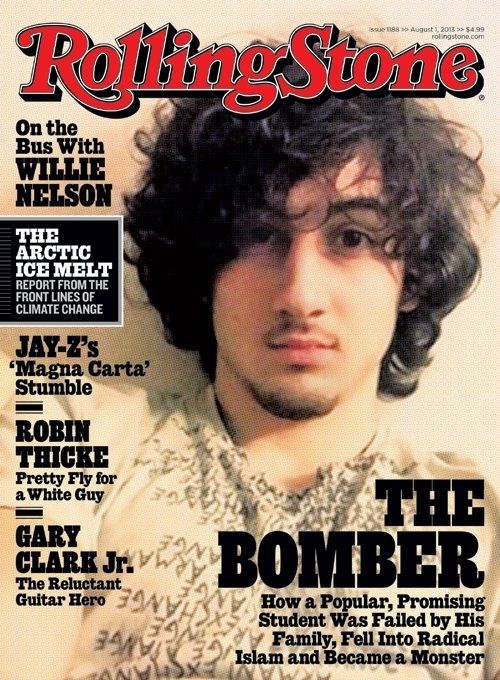
3. **Rolling Stone’s Boston Bomber Cover (2013)**The July 2013 issue of Rolling Stone magazine was met with an immediate and ferocious backlash, becoming one of the most talked-about and condemned covers of its era. The magazine’s controversial choice to feature Dzhokhar Tsarnaev, one of the perpetrators of the Boston Marathon bombing, on its cover was perceived by many as an egregious error in judgment.
The cover photo, depicting a boyish Tsarnaev styled like a rock star, sparked widespread outrage from readers, retailers, and public officials alike. Many accused the magazine of glamorizing a terrorist, sending a dangerous and insensitive message that could potentially inspire future acts of violence or diminish the horrific nature of his crimes. Critics felt it was a gross misstep, elevating a criminal to the status of a celebrity icon.
While the magazine defended its decision, citing journalistic responsibility and an uncomfortable but necessary exploration of how evil can wear an ordinary face, the public remained largely unconvinced. This cover generated an intense debate about the ethical boundaries of journalism, the power of imagery to inadvertently glorify criminals, and the weighty responsibility publishers bear in public discourse, underlining the profound impact a shocking magazine cover can hold in shaping public sentiment and sparking moral outrage.
4. **Time’s Breastfeeding Mom Cover (2012)**In May 2012, Time magazine unveiled a cover that ignited a firestorm of controversy around modern parenting practices. The image, depicting Jamie Lynne Grumet breastfeeding her three-year-old son, with the stark and provocative headline “Are You Mom Enough?”, immediately seized public attention and set off one of the fiercest parenting debates in recent memory.
The public’s reaction was intense and immediate: over 18,000 comments flooded in within just 24 hours, and a TODAY.com poll indicated that 73% of 131,000 participants disapproved of the image. While some praised the cover for normalizing extended breastfeeding and challenging societal discomfort with the practice, others felt it was exploitative, sensational, and designed purely to provoke, calling into question its true advocacy intentions.
The image squarely challenged conventional views on breastfeeding and motherhood, placing attachment parenting at the forefront of a national discussion. Critics contended that the cover, rather than promoting breastfeeding, could actually undermine advocacy efforts by reinforcing harmful stereotypes or making mothers feel judged. Yet, some hailed it as a “shocking stroke of genius” that undeniably drew attention and incited crucial discussions on maternal practices, parenting styles, and deeply personal choices, proving once again that a single image can spark critical dialogues and redefine cultural conversations about deeply personal life decisions.
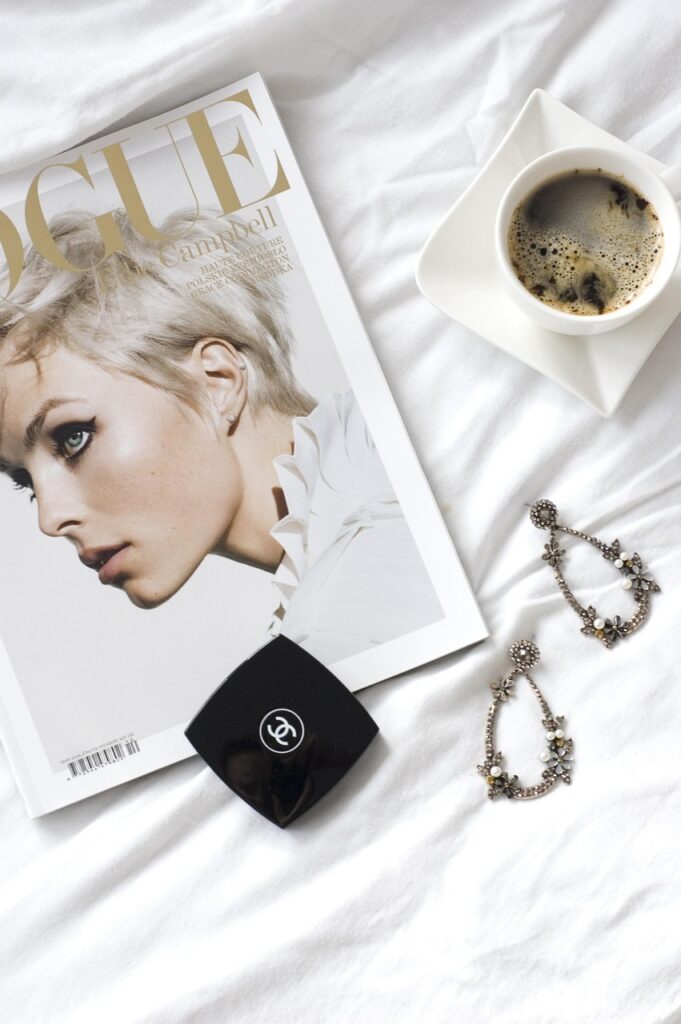
5. **The New Yorker’s “The Politics of Fear” (2008)**In July 2008, The New Yorker magazine’s cover, titled “The Politics of Fear,” unleashed a spectacular backfire, intended as satire but widely perceived as dangerously inflammatory. The illustration depicted Barack Obama dressed in traditional Muslim attire, complete with a turban, while Michelle Obama was portrayed as a militant figure, armed and standing in the Oval Office.
Adding to the provocative imagery, a burning American flag smoldered in the fireplace, and a portrait of Osama bin Laden hung prominently on the wall. The magazine’s intention was to satirize the pervasive political paranoia and baseless rumors circulating about Obama during his presidential campaign, specifically the insidious whispers suggesting he was a Muslim and that his wife was an extremist.
However, the complex nuance of satire was lost on many. Readers and politicians across the entire political spectrum condemned the cover as racist, tasteless, and profoundly tone-deaf. Instead of highlighting the absurdity of the rumors, it was widely seen as legitimizing them, feeding into the very fear and prejudice it sought to mock. This incident remains a potent example of how cultural commentary, even with good intentions, can misfire spectacularly, igniting widespread condemnation and reinforcing the sensitivity required when depicting highly charged political and racial imagery.

6. **GQ’s Glee Cast Cover (2010)**In 2010, GQ magazine published a cover featuring three prominent cast members from the hit television show *Glee*—Lea Michele, Dianna Agron, and Cory Monteith—that quickly blurred the line between playful and deeply inappropriate. The actors, who portrayed high school students on the hugely popular musical series, appeared in provocative poses that sparked significant controversy, especially considering the show’s enormous fan base, which included a substantial number of teenagers and young children.
The imagery showed the female actors in revealing outfits, striking poses that many perceived as overly ualized, particularly given their on-screen roles as adolescents. Parents and educators were swift to slam the magazine, accusing it of sexualizing young actors and, by extension, targeting the show’s impressionable teenage audience with inappropriate content. The backlash highlighted widespread concerns about the objectification of young women in media and the moral responsibilities of publications targeting a broad demographic.
Defenders of the cover, however, dismissed the criticism as overblown moral panic, arguing that the images were merely fashion-forward and within the bounds of a typical GQ photoshoot, designed for an adult audience. Despite these defenses, the controversy underscored the delicate balance magazines must strike when portraying popular figures, especially those associated with youth-oriented content, and the ever-present tension between artistic freedom and societal expectations regarding the protection of minors in media representation.
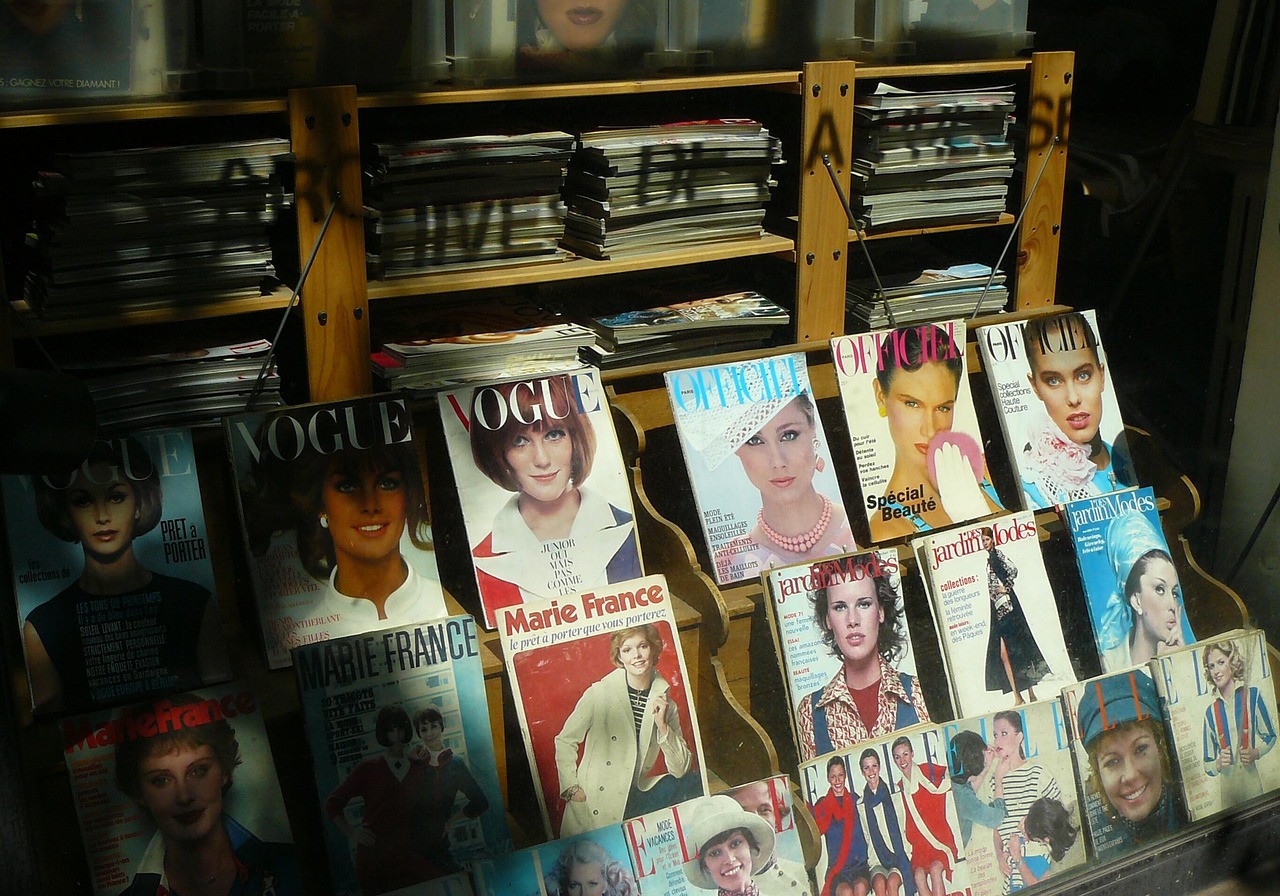
7. **Playboy’s Marge Simpson Cover (2009)**In a move that surprised and, for many, offended audiences, Playboy magazine featured an unexpected pop culture icon on its cover in 2009: Marge Simpson from the beloved animated series *The Simpsons*. The cover, part of a risqué photo spread, was intended as a mix of parody and pop culture absurdity, aiming for cheeky humor by placing the wholesome, blue-haired cartoon mom in a traditionally provocative context.
What was meant as a lighthearted, satirical jab instead landed with a resounding thud for some long-time fans of *The Simpsons*. Many felt that the wholesome cartoon mom, an emblem of family values (albeit a satirical one), had been inappropriately objectified for cheap publicity. The juxtaposition of Marge, known for her devotion to her family, with the overtly ualized imagery of Playboy, was jarring for an audience accustomed to her more innocent portrayal.
This controversial choice sparked discussions about the boundaries of parody, the commercialization of beloved characters, and the broader implications of ualizing figures traditionally associated with children’s entertainment. It highlighted the challenges of balancing edgy humor with audience expectations, proving that even in a world accustomed to media provocations, some cultural icons remain sacred, and their transformation into risqué figures can trigger unexpected and intense backlash, leading many to feel that a line had been crossed for mere shock value.
8. **Time Magazine’s “Is God Dead?” (1966)**Few magazine covers have questioned the very fabric of societal belief as profoundly as Time Magazine’s April 8, 1966 issue. Its stark, minimalist black cover bore only three chilling words: “Is God Dead?”. This striking departure from Time’s usual style was a potent provocation, igniting a global discussion on the relevance of faith in the modern era.
This bold question immediately resonated with—and deeply offended—many, challenging deeply held beliefs. Yet, it simultaneously provoked a vital discourse on the role of faith in society and the shifting spiritual landscape of the 1960s. The cover, drawing inspiration from Friedrich Nietzsche’s philosophical concept, became a powerful testament to how controversial magazine covers can catalyse profound philosophical debates.
The impact was undeniable, with Time receiving an astonishing 3,421 letters from readers. Published when 97% of Americans believed in God, this cover became a benchmark. It is considered one of Time’s most iconic editions, often referenced in discussions about magazine covers that truly shook the world.
Beyond merely sparking outrage, the cover and its accompanying article explored religious belief, delving into societal changes and spiritual questioning. It was a visual representation of cultural transformation. Its foresight is evident, as belief in God in the US dramatically shifted by 2014, a transformation first hinted at by this provocative piece of visual journalism.

9. **Newsweek’s “The First Gay President” Cover (2012)**In 2012, following President Barack Obama’s endorsement of same- marriage, Newsweek presented a cover aiming to capture this significant cultural shift. The issue boldly depicted Obama adorned with a rainbow halo above his head, declaring him “The First Gay President.” This imagery intended to symbolize a giant leap forward in progress for LGBTQ+ rights.
However, the cover’s reception was far from universally celebratory. Critics swiftly labeled the imagery as heavy-handed, opportunistic, and an oversimplification of complex social issues. While the sentiment behind recognizing a President who championed marriage equality was clear, the execution sparked considerable debate. It questioned whether such a definitive statement truly served the nuanced conversation around identity and politics.
The cover undeniably pushed boundaries, reflecting the intensifying national conversation around LGBTQ+ rights and presidential politics. It aimed to be a definitive statement on a pivotal moment. Yet, its provocative nature underscored the challenges media outlets face in capturing evolving social dynamics without alienating segments of their audience or trivializing the very progress they sought to highlight.
10. **Time Magazine – Ellen DeGeneres: “Yep, I’m Gay” (1997)**Time Magazine once again demonstrated its prowess in capturing cultural turning points with its April 14, 1997 issue. The cover featured a simple yet powerful confession from comedian and actress Ellen DeGeneres: “Yep, I’m Gay.” This declaration marked a pivotal moment for DeGeneres and for mainstream media representation, as she became the first openly gay lead actor in a prime-time show.
The public reaction was immediate and deeply divided, reflecting societal prejudices and burgeoning acceptance of the time. Conservative groups predictably objected, asserting that discussing personal ual preferences in such a public forum was inappropriate. This resistance highlighted the ongoing struggle for visibility and acceptance within mainstream culture.
Conversely, countless individuals and LGBTQ+ advocates applauded DeGeneres’ immense bravery in coming out publicly. This cover swiftly became an iconic piece in the ongoing fight for equality, demonstrating the profound capacity of controversial magazine covers to serve as catalysts for positive social change. It affirmed the importance of authentic representation and challenged long-standing silence surrounding queer identities in media.
11. **Vanity Fair’s Caitlyn Jenner Cover: “Call Me Caitlyn” (2015)**In July 2015, Vanity Fair broke the internet with a groundbreaking cover that heralded a new era of mainstream recognition for transgender identities. The issue unveiled Caitlyn Jenner, previously known as Bruce Jenner, to the world, accompanied by the simple yet deeply poignant caption: “Call Me Caitlyn.” This image, captured by the legendary Annie Leibovitz, instantly became a global phenomenon.
The cover ignited intense discussions across social media and traditional news outlets. While many celebrated it as a monumental step forward for transgender visibility and acceptance, others viewed it critically. Some considered the cover overly provocative, accusing it of sensationalizing or trivializing the complex transgender experience, sparking debate about appropriate representation.
However, for a vast number of people, this Vanity Fair cover represented a watershed moment. It pushed the boundaries of how mainstream media represents transgender individuals, shifting the conversation from a niche topic to a widely discussed and acknowledged aspect of human identity. This powerful visual ensured its place as one of the most memorable and culturally significant magazine covers in recent history.
12. **New York Magazine’s Bill Cosby Accusers Cover (2015)**In a stark and haunting display of journalistic integrity and victim advocacy, New York Magazine’s 2015 cover delivered a powerful blow against silence. The black-and-white image featured 35 of Bill Cosby’s accusers, seated stoically in a row, with one empty chair serving as a poignant symbol for those who had yet to speak out against him. It was a visually devastating tableau of collective trauma and strength.
This unflinching visual became an immediate flashpoint in national conversations about ual assault, victim shaming, and the long-delayed reckoning with powerful figures. Many hailed the cover as a defining moment in journalism, a brave and necessary act that gave voice and visibility to those historically silenced. It underscored the importance of journalistic ethics in holding powerful individuals accountable.
However, the cover also sparked debate among some who felt it sensationalized victims’ trauma, raising ethical questions about the portrayal of suffering for public consumption. Despite these concerns, the collective image of so many women, united in their testimony, proved to be an undeniably impactful piece of media. It powerfully shifted public perception and contributed significantly to the broader #MeToo movement, solidifying its place as a crucial document of victim advocacy.
13. **Esquire’s Muhammad Ali as Saint Sebastian (1968)**In the politically charged atmosphere of 1968, Esquire magazine redefined visual narrative with its April issue featuring Muhammad Ali. Reimagined as Saint Sebastian, a provocative artwork by Carl Fischer and George Lois, this cover profoundly confronted societal norms and the contentious political climate, elevating Ali beyond mere athleticism.
The imagery was profoundly symbolic: Ali, pierced with six arrows, drew a striking parallel to the martyrdom of Saint Sebastian. This artistic choice powerfully underscored Ali’s courageous stance against the U.S. government, especially his refusal to be drafted into the Vietnam War. It transformed his personal battle into a universal declaration of resistance and sacrifice, aligning with the philosophical debates of the time.
Ali’s unyielding defiance amidst a critical juncture in American history, coupled with his affiliation with the Nation of Islam, had already rendered him a contentious figure. The Esquire cover further amplified his status as an iconoclast. It cemented his role as a bridge between sports and social commentary, leveraging artistic freedom to make a profound statement about identity and conviction.
Despite its artistic merit and powerful message, the cover elicited a fierce backlash. Advertisers, wary of its provocative nature, withdrew their support, and many readers canceled subscriptions. Yet, this controversy solidified the image as a quintessential symbol of Ali’s enduring cultural impact, proving the immense power of art to both inspire and outrage.
14. **Playboy’s First African American Cover Model (1971)**In November 1971, Playboy magazine made a groundbreaking statement that resonated far beyond its usual readership. Darine Stern graced its cover, becoming the first African American solo cover model of the magazine’s history. This was more than just a photoshoot; it was a powerful moment of cultural transformation, shattering racial barriers in mainstream media representation.
The historic cover sold an estimated 6 million copies, capturing the attention of millions and sparking vital conversations about diversity in publishing and the broader media landscape. Prior to Stern’s pioneering appearance, the representation of Black models on prominent covers had been severely limited. While Playboy had featured other Black models inside its pages, none had achieved the singular prominence of a solo cover.
This landmark decision was later acknowledged by the American Society of Magazine Editors, highlighting its profound importance in media representation. Darine Stern’s cover symbolized a powerful move towards inclusion, directly challenging long-standing racial stereotypes prevalent in mainstream media and entertainment. It served as a powerful testament to the evolving portrayal of identity.
As a cultural perspective from the context aptly notes, “Breaking barriers isn’t just about being first, it’s about paving the way for future generations.” Stern’s iconic pose on the cover was a bold declaration. It opened doors and shifted perceptions, affirming that diversity was not merely an aesthetic choice but a necessary step towards a more equitable and representative media world.
15. **Kim Kardashian in Paper Magazine: “Break the Internet” (2014)**In the ever-evolving domain of provocative magazine imagery, few covers have leveraged the digital age quite like Paper magazine’s Winter 2014 issue, starring Kim Kardashian. Boldly titled “Break the Internet,” the cover presented Kardashian in an instantly iconic pose: from behind, balancing a champagne glass on her famous curves, a deliberate homage to Jean-Paul Goude’s earlier work, “Champagne Incident.”
Photographed by the celebrated French artist and provocateur Jean-Paul Goude, the image was engineered to provoke, and it spectacularly succeeded. Within hours of its release, the cover saturated social media feeds, dominated news headlines, and ignited pop culture conversations worldwide. It not only flirted with virality but detonated it, fulfilling its audacious title with unprecedented global impact.
The cover sparked fierce debates about the nature of fame, celebrity, uality, and the commodification of the female body in the digital era. While some critics accused the image of perpetuating racialized stereotypes rooted in colonial imagery, many supporters championed it as a powerful statement of body positivity and celebrity control over one’s image. For Paper magazine, this was a masterstroke of media manipulation, a minimal-budget shoot that generated maximum global resonance.
Years later, this image remains a quintessential symbol of the 2010s, embodying the collision of celebrity culture, social media spectacle, and visual shock value. As the Paper magazine editorial itself asserted, “Kim’s not just posing—she’s owning the moment. That’s what broke the Internet.” Love it or loathe it, this Paper cover transcended traditional fashion and celebrity photography, becoming a permanent artifact of the digital age’s relentless obsession with virality and the evolving portrayal of identity.
The journey through these iconic, often controversial, magazine covers reveals their extraordinary power to shape dialogue, challenge entrenched norms, and explore the very limits of creative expression. These visual stimuli are far more than mere glossy pages; they are powerful historical markers, capturing the essence of cultural epochs and inviting us to confront uncomfortable truths. From sparking philosophical debates to championing LGBTQ+ representation and advocating for victims, these covers have consistently transcended their original intent. They have become critical milestones in the ongoing evolution of society and culture, reminding us that a single image can indeed launch a thousand debates and leave a truly lasting legacy.

